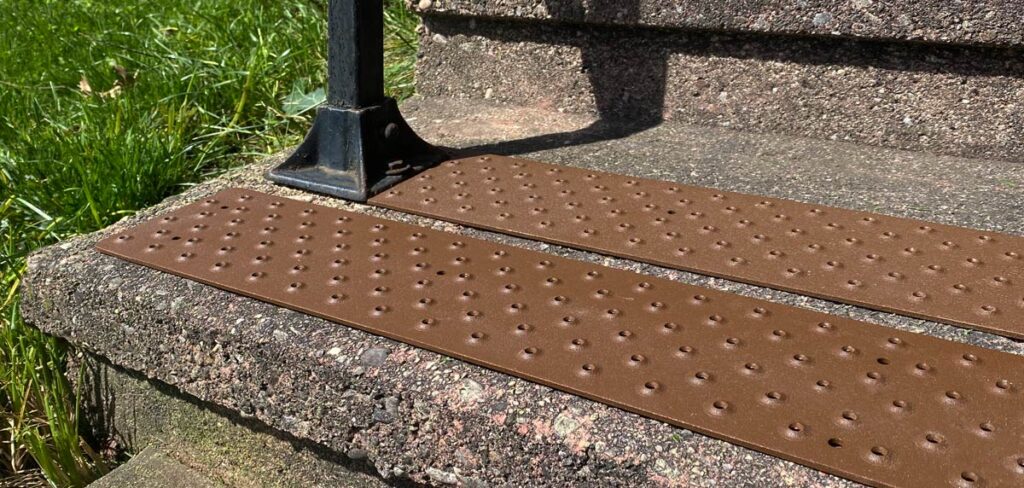
One of the most common questions we receive about HandiTreads is whether the aluminum treads can be cut to fit specific applications. The answer is (drum roll) a resounding yes! Whether you’re dealing with a unique staircase, deck, or ramp, HandiTreads can be tailored to suit your needs. In this guide, we’ll explore why cutting HandiTreads might be necessary and how you can do it effectively.
Why Cut HandiTreads?
HandiTreads stair treads come in standard lengths of 30″, 36″, and 48″, with a width of 3.75 inches. While these dimensions suit many applications, there are instances where customization is required. Here are a few reasons why you might need to cut HandiTreads:- Unique Applications: Sometimes, standard tread sizes simply won’t suffice for your particular project. Whether you’re working on an unconventional staircase, deck, or ramp, cutting HandiTreads allows you to adapt them to your specific needs.
- Optimal Fit: Not every staircase or pathway falls within the standard dimensions offered by HandiTreads. Cutting the treads enables you to achieve a perfect fit, ensuring maximum coverage and safety.
- Versatility: By cutting HandiTreads, you can create custom lengths to accommodate corners, curves, or irregular shapes. This versatility allows for greater flexibility in designing non-slip solutions for various environments.
Choosing the Right Saw
Before you begin cutting HandiTreads, it’s essential to select the appropriate saw for the job. Here are a few options to consider, along with their benefits and drawbacks:
- Hack Saw: A traditional hack saw is a reliable choice for cutting aluminum HandiTreads. Its fine-toothed blade provides precise cuts, making it suitable for intricate work. However, using a hack saw requires manual effort and may take longer compared to power tools.
- Sabre Saw (Reciprocating Saw): A sabre saw, also known as a reciprocating saw, offers the advantage of speed and efficiency. With its oscillating blade, it can swiftly cut through aluminum HandiTreads with minimal effort. This makes it an excellent choice for larger projects or thicker materials.
- Circular Saw: While less common for cutting aluminum, a circular saw equipped with a metal-cutting blade can also be used for HandiTreads. It’s fast and efficient, making it suitable for straight cuts on longer sections. However, it may not be as precise as a hack saw or sabre saw for intricate designs.
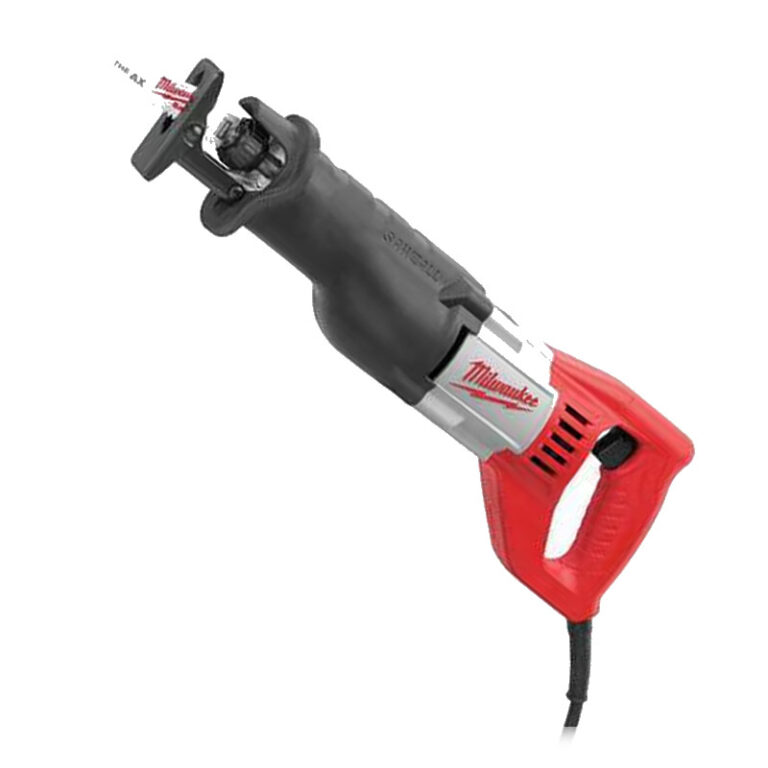
Cutting HandiTreads
- Measure Twice, Cut Once: Before making any cuts, carefully measure the area where the HandiTread will be installed. Double-check your measurements to ensure accuracy, as precise cutting is crucial for a proper fit.
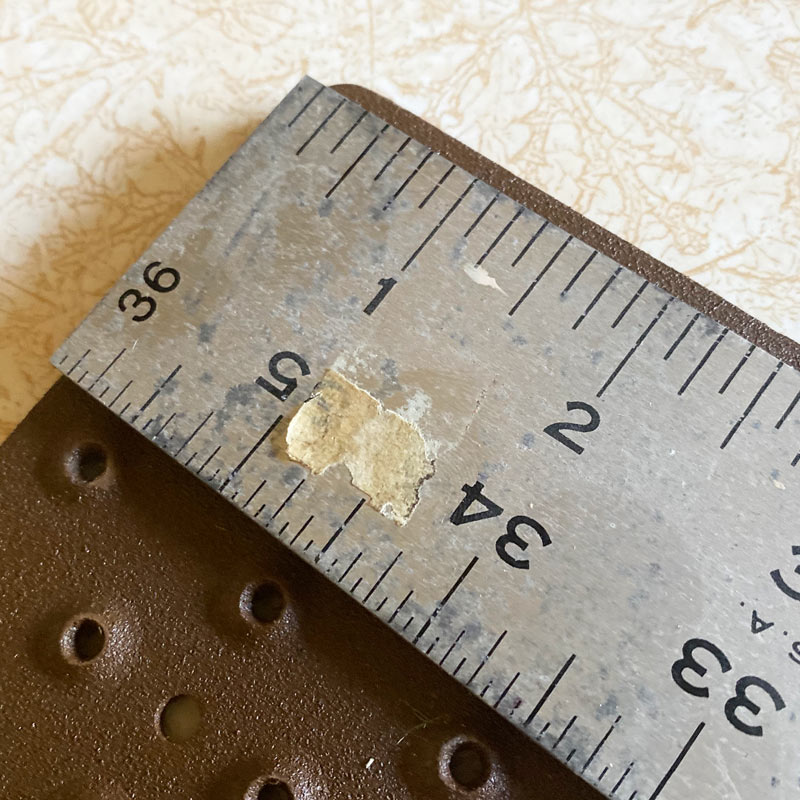
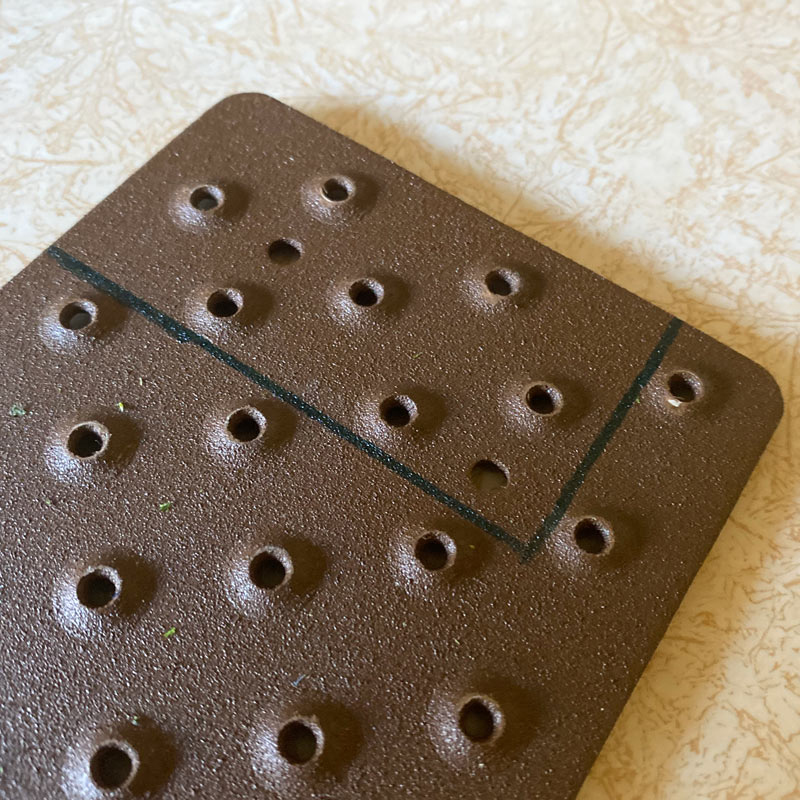
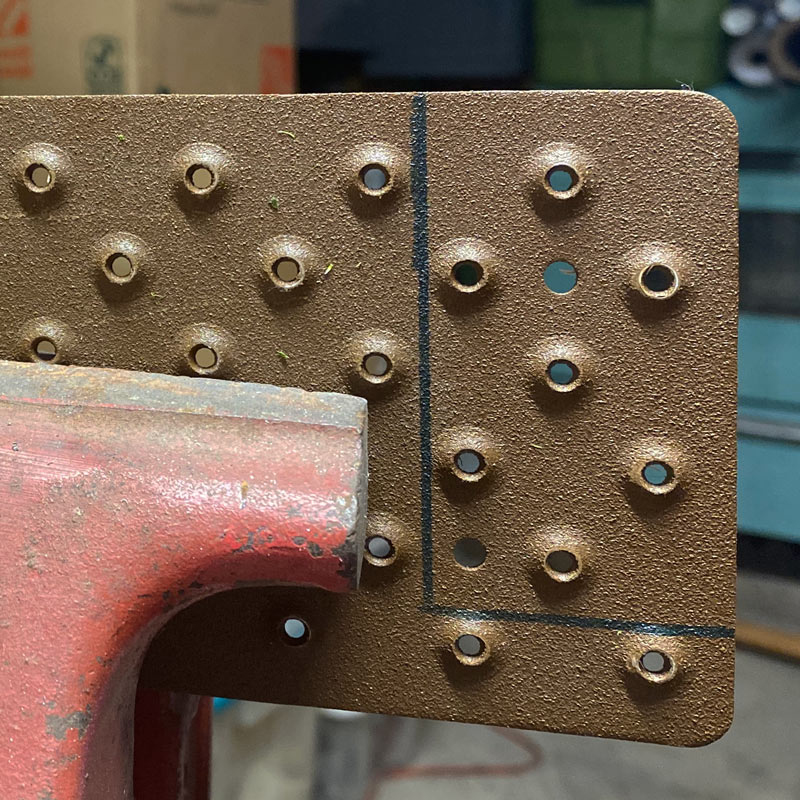
- Mark the Cutting Line: Using a pencil or marker, mark the desired cutting line on the HandiTread. You can use a straightedge or template to guide your markings for straighcuts, or trace along the edge for curved or angled cuts.
- Secure the HandiTread: Place the HandiTread securely on a stable surface, such as a workbench or sawhorse. Use clamps or a vice to hold it firmly in place, preventing it from bending or shifting during cutting.
- Cutting Process: With the saw of your choice, carefully follow the marked cutting line to make the desired cut. Apply steady pressure and maintain control of the saw to ensure a clean and precise cut. If using a power saw, adjust the speed and feed rate as needed for optimal results.
- Smooth Edges: Once the cut is complete, use a file or sandpaper to smooth any rough edges or burrs left by the cutting process. This will not only improve the appearance of the HandiTread but also prevent potential injuries from sharp edges.
- Test Fit: After cutting, test fit the HandiTread to ensure it aligns correctly with the intended area. Make any necessary adjustments or refinements as needed to achieve a perfect fit.
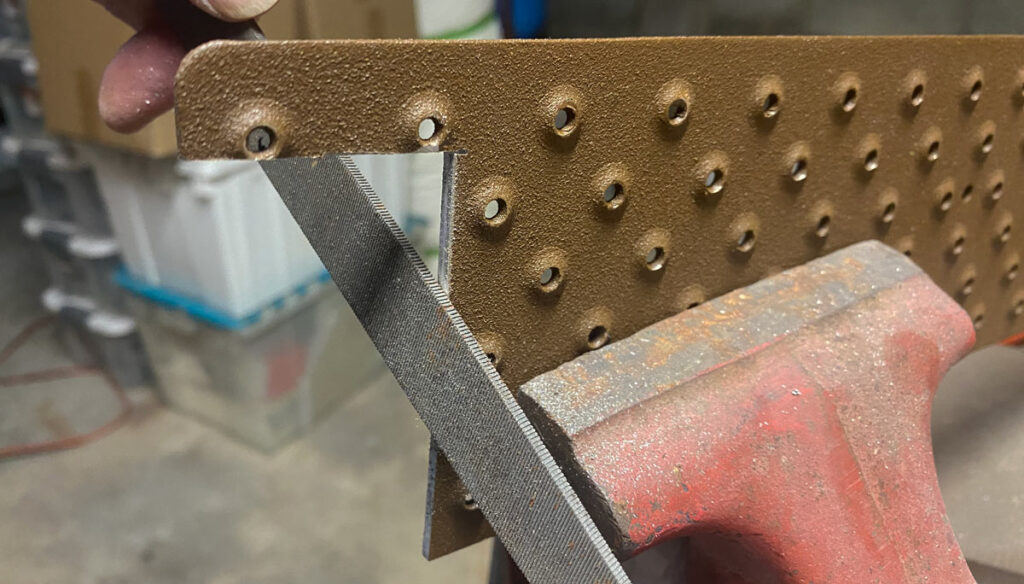
Touch Up the Cut Edge
If your treads have a colored powder coating, you may want to cover the exposed aluminum edge to a little cosmetic treatment. A quick dab of similarly colored metal paint will hide the cut edge of the aluminum to all but the closest inspection. Looking for a faster solution? Grab a Sharpie in a matching color and touch up the exposed edge. It’s just that simple!
Conclusion
Cutting HandiTreads to fit your stairs, deck, or ramp allows for customized non-slip solutions tailored to your specific needs. Whether you’re dealing with unique dimensions or intricate designs, the versatility of HandiTreads combined with the right saw ensures a perfect fit every time. By following the guidelines outlined in this guide and choosing the appropriate tools for the job, you can create safe and secure pathways that enhance both aesthetics and functionality. Say goodbye to slip, trip, and fall hazards with HandiTreads – the ultimate solution for non-slip surfaces tailored to your requirements.
